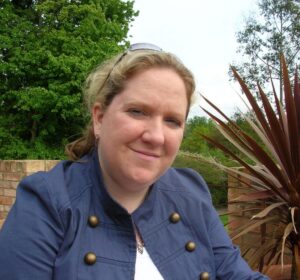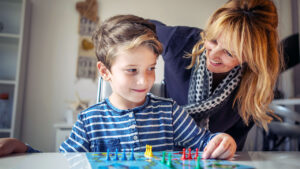

There are 700,000 people with autism in the UK so many nannies are likely to come across youngsters in their care with the condition, diagnosed or undiagnosed. CAROLINE HATTERSLEY, head of information, advice and advocacy at the National Autistic Society talks about how our sector can help give these children a good start in life
Autism is different for everyone, but the main areas that people with autism have trouble with are relating to others, making friends and in communicating. Their receptive language and understanding may not be on the same level as their expressive language.
Some children might have trouble engaging in imaginative play as they have difficulty understanding how someone else might be feeling.
Children with autism often have a strong special interest for example in cars, dinosaurs or trains. They may get very anxious about what is happening next. Some also have a lack of awareness of danger. They may exhibit hypersensitivity to sound or light and they may avoid eye contact altogether or engage in inappropriate eye contact. Other behaviour typical of many youngsters with autism is ritualistic behaviour such as lining toys up in exactly the same order every time.
Early years professionals could be the first to notice some of the symptoms of autism and also to be part of the early intervention strategies. Nannies are in a good position to help parents. It can be very helpful if as early years professionals they can write down some of their concerns or keep a diary. This can assist a diagnosis, which is important as it can help parents get the best possible support in place for their child.
Once a child has a diagnosis, the family will be able to give the nanny an outline of any specific issues such as hypersensitivity to bright lights or sudden noise. You may be enlisted to help reinforce what the family is working on at home as consistency is very important.
One of the key areas where there may be difficulties is toileting. This can be difficult for lots of children, but for autistic children it can be a whole other challenge. This is because they may have a very concrete way of thinking and may have difficulty in transferring skills to different environments. So it might help if they are using an adapter seat at home, to use the same adapter seat out and about. If they have a visual timetable or are using a photo of a toilet, make sure it is a photo of their toilet.
But it is worth remembering that kids with autism are children and what is good for children with autism is for other kids too, such as a visual timetable to show the order of activities, for example. Or if the child’s special interest is dinosaurs, use books with dinosaurs to help early reading.
There is plenty of information on the National Autistic Society website.

